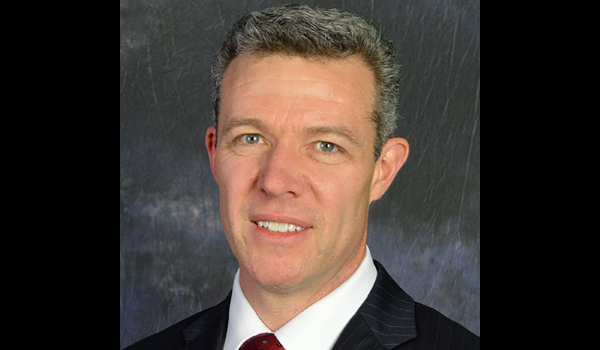There are several critical workforce challenges facing the U.S. transportation sector today and state departments of transportation are taking steps to “sound the alarm” about the situation.
Roger Millar, secretary of the Washington State Department of Transportation, provided some stark numbers on his agency’s workforce recruiting and retention situation during a panel discussion in January at the 2019 Transportation Research Board’s annual meeting in Washington, D.C.
“Over 2,000 are engineering employees and 41 percent of them are eligible to retire; we have 2,000 maintenance workers and 31 percent of them are eligible to retire,” Millar said, noting that WSDOT employs 7,000 across Washington state.
“We have 2,000 employees in our ferry system and 75 percent of the ferry captains are eligible to retire, along with 30 percent of vessel workers and a quarter of the port facility staff.”
A lack of interest on the part of younger workers in transportation careers is one aspect of the recruitment challenge facing state DOTs at this juncture; a lack of interest that exists well beyond the ranks of traditional engineering disciplines, according to research by the Brookings Institution.
“Just as our physical infrastructure systems are aging and in need of attention, so too are the workers who design, construct, operate, and oversee these systems,” noted Joseph Kane, Senior Research Associate and Associate Fellow of the group’s metropolitan policy program. “The problem is that many of them are nearing or are eligible for retirement, and there is not a strong training pipeline to educate and equip a new generation of talent with the skills they need.”
State governments, in particular, face acute difficulties in attracting, building, and retaining “critically important talent and workforce skills,” according to a report compiled by the National Association of State Chief Administrators, with help from global consulting company Accenture and human resources provider NEOGOV.
Those difficulties include changes in workforce expectations, especially the reduced appeal of “lifetime employment” among younger generations; less-competitive salaries; rising competition from the private sector; and negative perceptions about working for the government.
How do we change such perceptions, especially of state DOTs? The first is to take a more “holistic approach” to workforce recruiting and retention compared to the past – one that includes building a more “diverse” workforce that includes more women and minorities to help provide new and different perspectives on transportation needs. It’s also about making careers in transportation, less about raw infrastructure, such as roads and rails, and more about how that infrastructure benefits people in their daily lives – whether they are shipping packages to loved ones, traveling to and from work, getting the kids to and from school, or going on vacation.
“At the end of the day, transportation represents freedom; the freedom to move where, when, and how we want. It gives us opportunities that would not exist otherwise,” Carlos Braceras, director of the Utah Department of Transportation and the American Association of State Highway and Transportation Officials 2018-2019 president, explained recently.
He added that communicating the “positives” about transportation is also critically important in terms of attracting a new generation of workers into the transportation field.
“We have this bubble [among state DOTs] where a large group of people are starting to retire,” Braceras said. “So we see this constant need for new employees, but also for new skill sets because more and more of the technology [in transportation] is changing. Today it is almost more important how we operate our transportation system than how we built it because there is so much more data going into our decision-making processes today; helping us make better decisions faster and with better outcomes.”
That’s why transportation needs to be more “people-centered” today, both for its workforce and the citizens it serves. For the mobility that transportation provides is what sustains the economic vitality of our nation and the quality of life its citizens enjoy.

Jim Tymon
Jim Tymon is the Executive Director of the American Association of State Highway and Transportation Officials (AASHTO), a non-profit, non-partisan association that supports and represents the interests and missions of state departments of transportation. His experience includes service in key Congressional and federal agency roles, as well as non-profit association management.
As AASHTO Executive Director, Tymon oversees a staff of 120 professionals who support their members in the development of transportation solutions that create economic prosperity, enhance quality of life, and improve transportation safety in U.S. communities, states, and the nation as a whole. AASHTO is now in its second century of service to state departments of transportation and their highly skilled employees.




